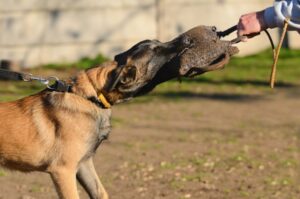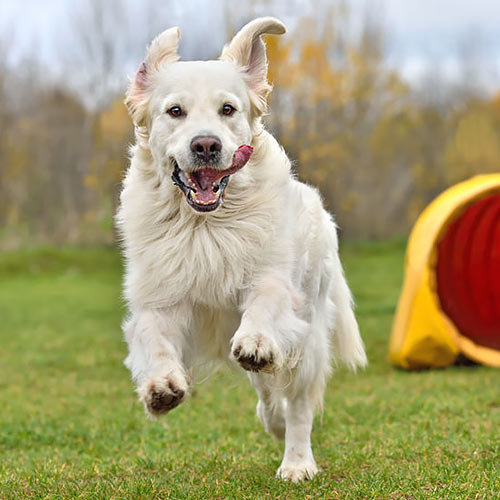 Let’s take a realistic look at owning and/or handling a personal protection dog. Your expectations for this kind of dog should be different than the expectations you have for a pet dog. If you can’t get past this thought pattern, you will need to hit the re-set button in your mind. Pets and working dogs are different.
Let’s take a realistic look at owning and/or handling a personal protection dog. Your expectations for this kind of dog should be different than the expectations you have for a pet dog. If you can’t get past this thought pattern, you will need to hit the re-set button in your mind. Pets and working dogs are different.
Can a protection dog be a family dog? Certainly. But it will take some patience and understanding on your part as well as keeping clear goals in mind.
First, please understand that working dogs are harder to control at first. They have drives to work and therefore are not your ordinary laid back pet. Their obedience will be very solid at some point, but not at first. First we must establish their drives for the work ahead of them. Then – and only then – do we train them in obedience work. Most people do this exactly opposite – and ruin their dog for future work.
Second, working dogs will be more active and much stronger than pets. They will need that high activity level to complete their work effectively. Now, this causes problems if/when the dog is left alone with nothing to do. He/she will find something to do – usually in negative, destructive ways. Give your working dog plenty of exercise – both mentally and physically.
Third, your working dog may not get along well with smaller dogs. This is due to the high prey drive that must be present in order to work effectively. Also, the big dog is usually blamed for the conflict while the truth is that many small dogs are masters at creating conflict with other dogs. They give little eye movements etc that cause a reaction. Now, the big dog can be the culprit too, but not always. Be aware that your working dog may not get along with smaller dogs.
Fourthly, you may not be able to take your protection dog with you in as many places as you would a pet. It is true that the dog needs to be with you in order to protect you, but you will have to be more discriminate in where you take him. For example, because of point #3, you may not want to take him in to the pet store. Any conflict will probably be perceived as your dog’s (the big dog) fault. Can you handle that kind of pressure? Or taking him into the hardware store or ball game and someone bumps into you in the aisle. Sometimes a protection-trained dog may perceive that action as an assault and react. Think twice before taking your great friend with you in these kinds of places.
Protection dogs are wonderful assets. But as a owner/handler, you sometimes have to think differently. Be realistic. Doing so will make your experience with this asset a positive one.

